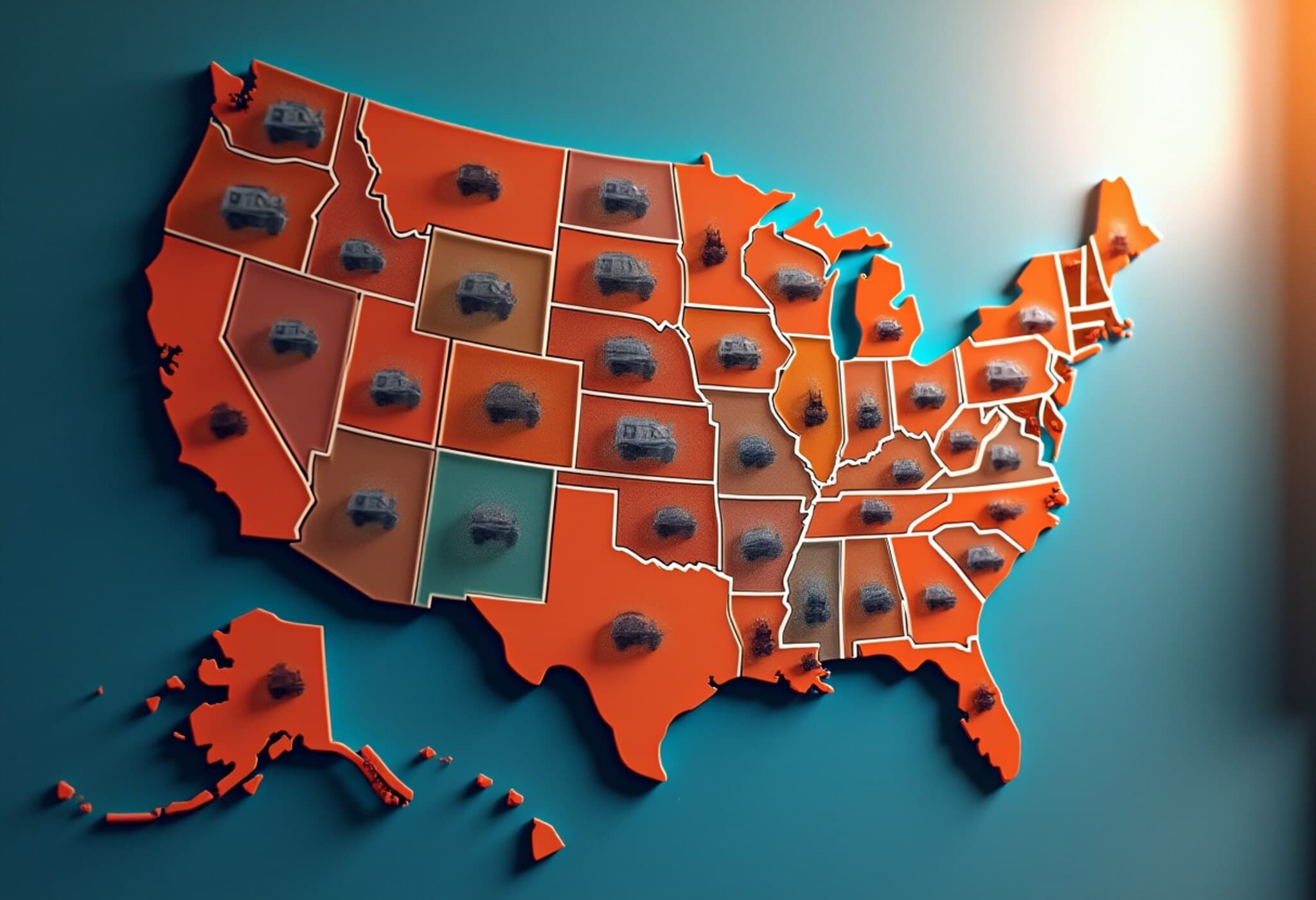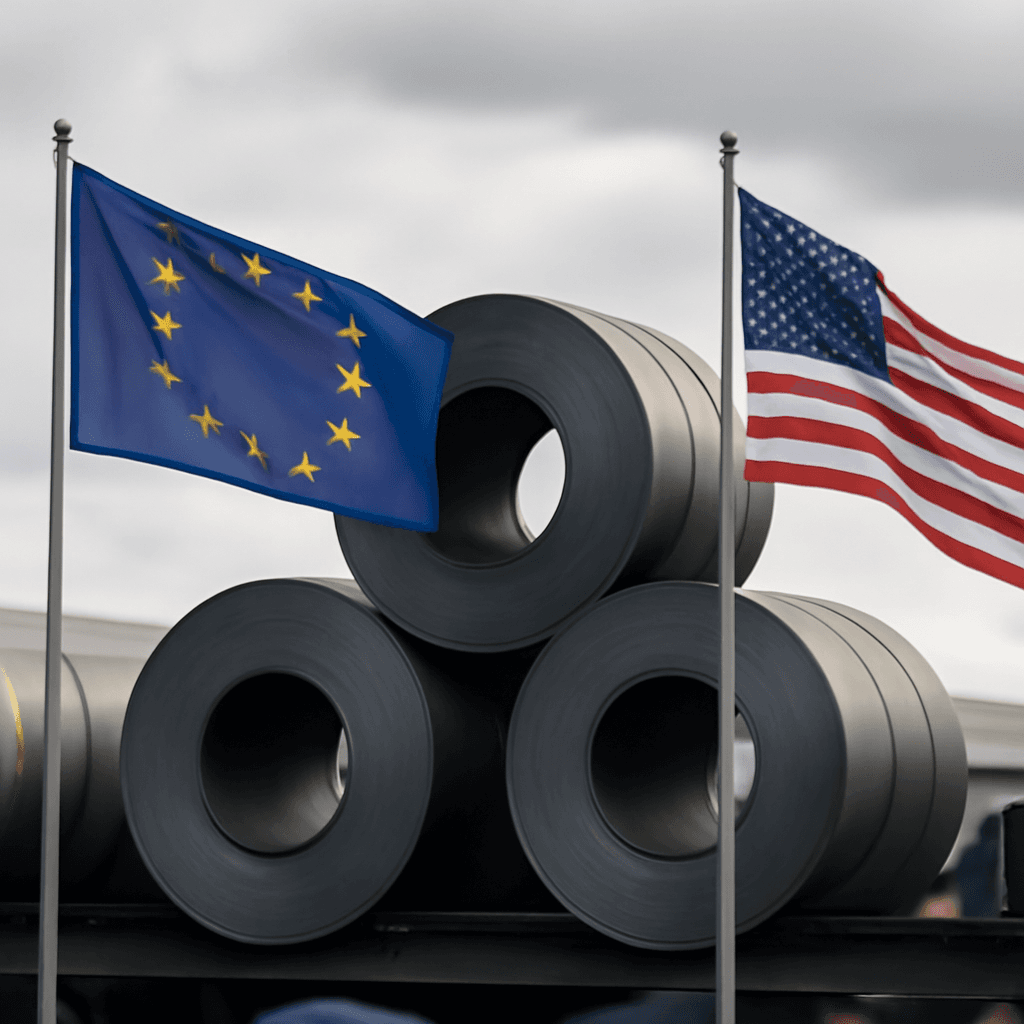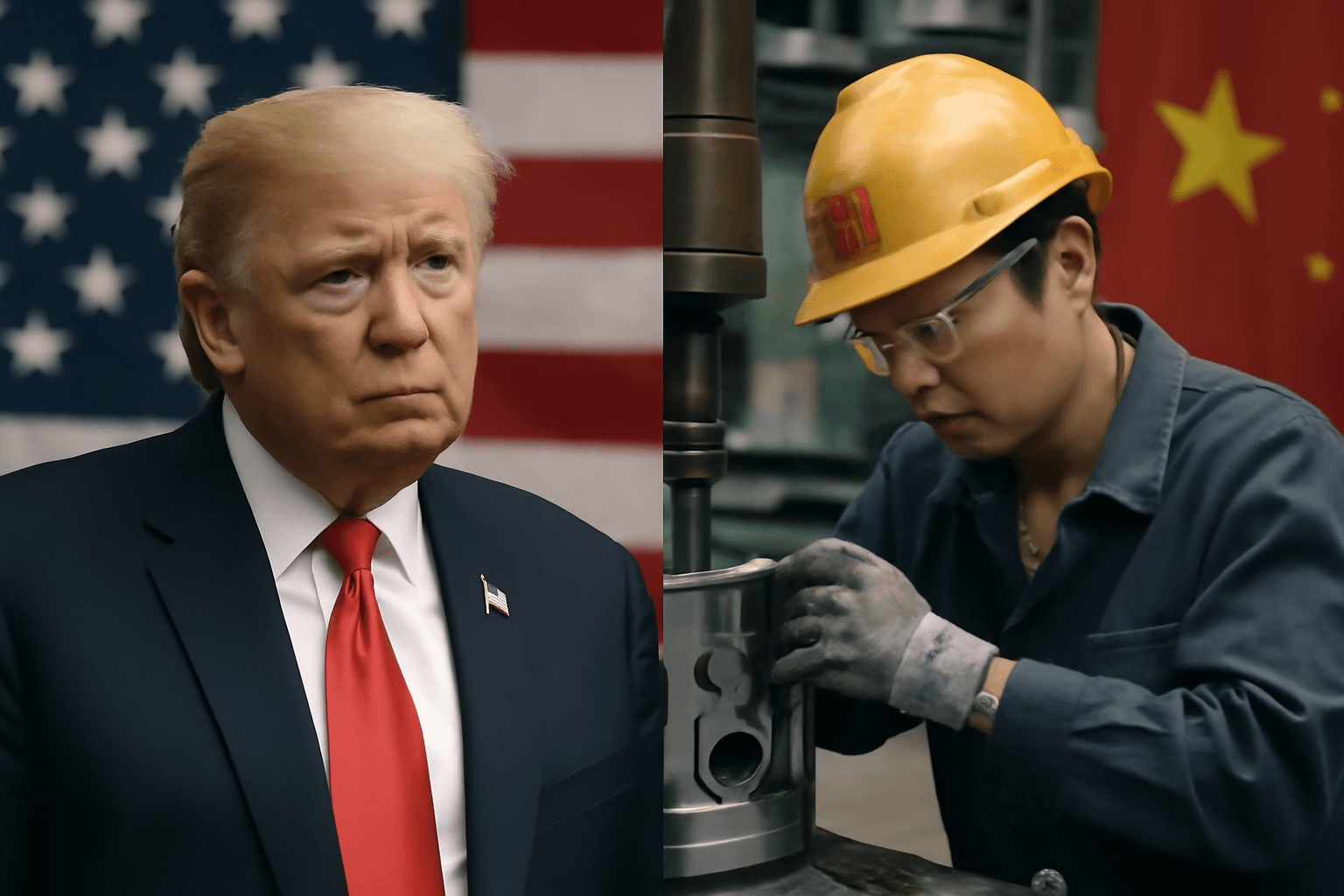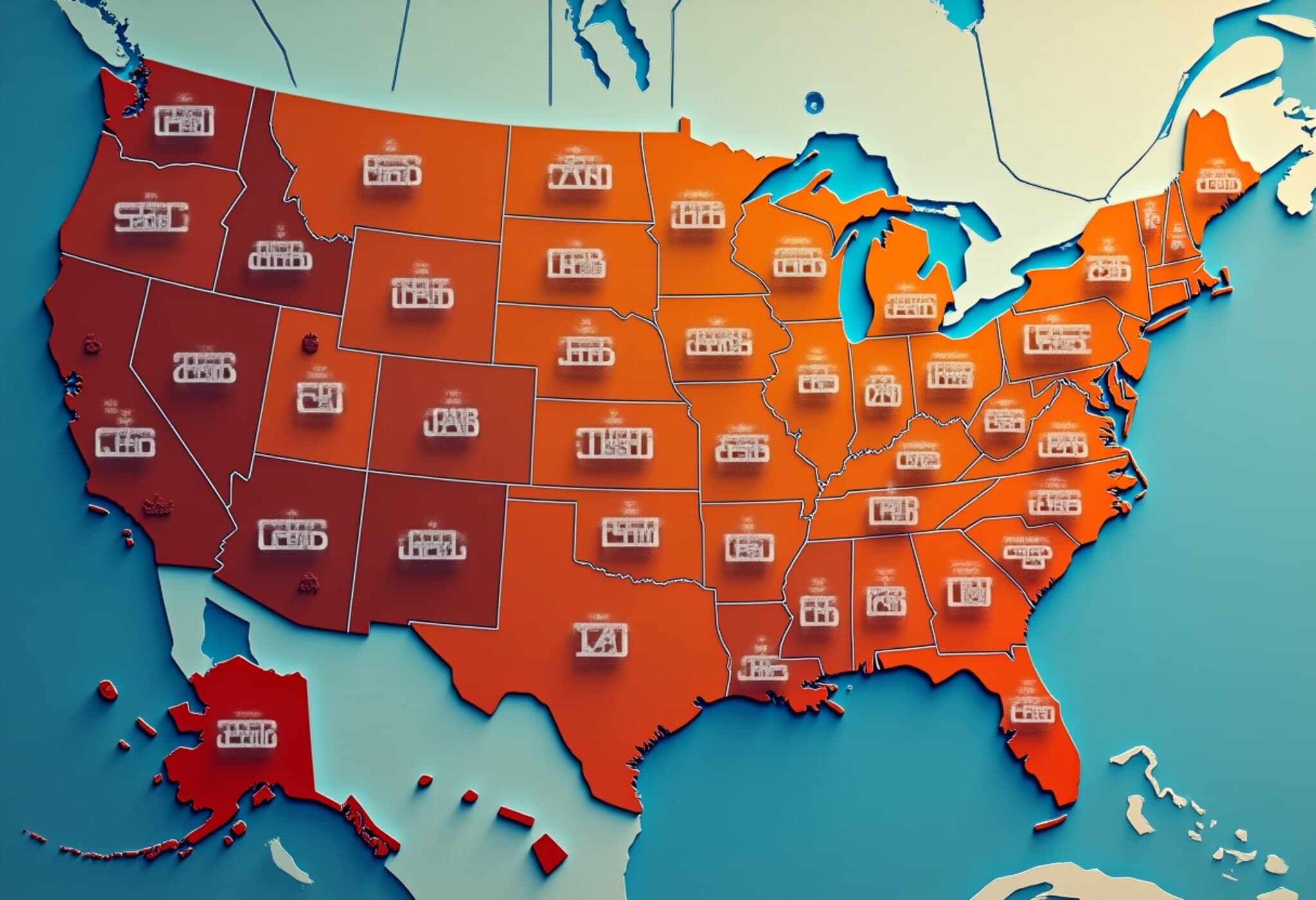America's Strongest State Economies Braced for Recession Risks in 2025
As recession concerns linger over the U.S. economy in 2025, states across the nation are stepping up to showcase their economic robustness and long-term stability. In an uncertain climate fueled by fluctuating international trade policies and budgetary restrictions in Washington, D.C., state governments are aggressively positioning themselves as solid ground for businesses seeking security and growth.
CNBC’s 2025 State Competitiveness rankings place a sharp focus on economic strength, evaluating a broad spectrum of factors—from GDP growth and job creation to the risks posed by tariffs and federal spending cuts. This nuanced approach sheds light on which states are truly prepared to weather potential downturns.
Decoding the Metrics: How States Were Ranked
Measuring economic resilience involves more than just raw numbers. CNBC’s study includes:
- State Gross Domestic Product (GDP) and year-over-year growth rates
- Employment and job growth trends across sectors
- Fiscal health, including credit ratings and debt outlooks (Moody’s)
- The proportion of each state’s budget funded by federal dollars
- Degree of exposure to international trade, especially with China amidst ongoing trade tensions
Dan Anthony, President of Trade Partnership Worldwide, explains, “Unpredictability in tariffs and export markets makes it difficult for businesses to commit investments, which is why states less reliant on international trade volatility show stronger resilience.”
Spotlight on the Top 10 Resilient State Economies
10. South Carolina
South Carolina balances vulnerability, with one-third of its GDP tied to international goods trade, against remarkable growth in sectors like construction, boasting over 7% job growth. With a AAA stable credit rating and a robust $273 billion GDP growing at 4.2%, the Palmetto State shows it’s ready to navigate economic headwinds.
9. Georgia
Georgia’s economic diversity is its strongest asset. Hosting 17 S&P 500 headquarters and the bustling Port of Savannah, it's somewhat reliant on trade but balanced out by broad sector growth. In 2024, GDP reached $701 billion with a 3.4% growth amid a cooling job market.
8. Utah
Utah’s tech-driven, high-growth economy led the nation in GDP growth at 4.5%, with construction helping tackle housing shortages. Despite international trade comprising 17% of GDP and possible tariff risks, the Beehive State’s AAA stable credit outlook and dynamic industries position it well for resilience.
7. Idaho
Idaho's steady economy benefits from a flourishing housing market and manufacturing investments, like new semiconductor plants. Although 40% of its budget hinges on federal funds, low trade exposure and solid job growth (1.5%) help mitigate risks.
6. Washington
The Evergreen State is a hotbed for startups, with nearly 92% of businesses surviving their first three years. GDP growth and job numbers remain strong, but trade exposure, especially to China (16%), places Washington on the frontline of international tensions. However, its AAA credit rating and business-friendly climate inspire optimism.
5. New York
New York’s massive economy ($1.83 trillion GDP) offers insulation against shocks. While facing substantial federal budget cuts and tariff challenges that could impact hundreds of thousands of jobs, the state’s broad economic base and AA1 stable rating offer a cushion for turbulence.
4. Delaware
Despite slowing growth, Delaware remains fiscally sound and markedly less dependent on federal funds. Though its reputation took a hit with controversial court rulings, it remains a top state for startup incorporation. Its strategic balance keeps it well insulated from global economic shocks.
3. North Carolina
North Carolina maintains consistent economic performance with $661.9 billion GDP, driven by resilient housing and manufacturing sectors. Its moderate reliance on federal funding and 20% exposure to international trade means preparation is crucial, especially post-Hurricane Helene recovery.
2. Texas
Boasting the second-largest U.S. economy at $2.17 trillion, Texas leverages massive foreign direct investment and a vast workforce to weather economic shifts. Minimal Chinese trade exposure and strong fiscal health (AAA stable) underpin its impressive resilience despite budgetary federal dependencies.
1. Florida
Florida leads for the third straight year, featuring a $1.34 trillion economy, strong job growth, and leadership in new business startups. Its moderate trade exposure and diversified economy lessen tariff impacts, though reliance on federal Medicaid funding keeps eyes on Washington.
Expert Insights: What This Means for American Business
The varied profiles of these top states spotlight the complex interdependencies shaping economic resilience. States with diversified economies and less exposure to unpredictable federal budgets and international trade shocks are emerging as the safest bets for businesses planning future investments.
Moreover, the state's ability to adapt—whether through fostering tech innovation in Utah, leveraging ports in Georgia and Texas, or supporting startups in Washington—will define which regions thrive amid economic headwinds. As policymakers debate tariff policies and budget priorities, these states could offer replicable models for balancing growth, fiscal responsibility, and economic stability at a time when American businesses seek firm footing.
Editors’ Note
While the specter of recession casts a shadow over the national economy, this in-depth evaluation reveals that resilience isn’t uniform; it's intricately tied to state-level economic diversity, fiscal health, and trade exposure. Observers and business leaders alike should watch how these top-performing states navigate rising federal uncertainties, trade dynamics, and innovation demands. Understanding these factors is essential—not just for corporate strategies, but for shaping future public policy that supports sustainable economic growth across America.













